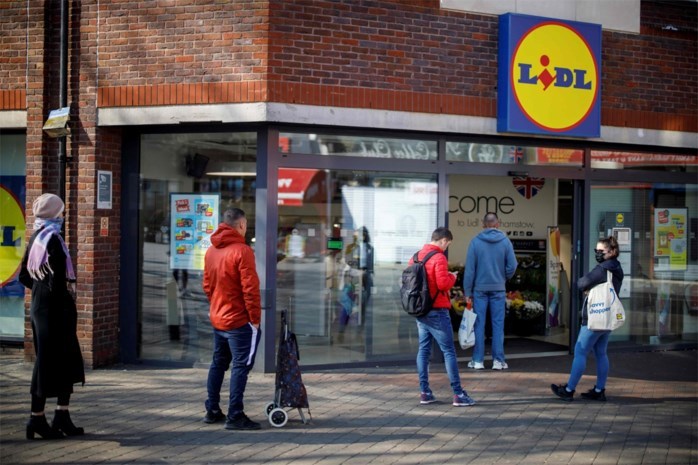Among the rules imposed on the population to help control the spread of the coronavirus (Covid-19) is the rule of social distancing – maintaining a distance of at least 1.5m from the person closest to you.
The idea is that that distance makes it much less likely that you will be affected by droplets produced by the other person in the form of coughs or sneezes – although you can still pick up secretions from their contact with surfaces, handrails, door handles and so on.
In some places, police have gone out on patrol with a 1.5m yardstick to demonstrate to members of the public what that distance actually looks like, and to encourage them to err on the side of caution.
But according to a new study by scientists at the Massachusetts Institute of Technology (MIT), 1.5m – or the six feet (1.83m) recommended in the UK and US – may in some cases be far from enough to protect against secretions.
The study, published by the Journal of the American Medical Association, looks at the dispersal of droplets from exhalation, coughs and sneezes, and reveals that they are composed of two types of droplets: loose droplets which evaporate quickly, and what they call a turbulent gas cloud which carries the droplets further and helps them persist longer.
“Given various combinations of an individual patient’s physiology and environmental conditions, such as humidity and temperature, the gas cloud and its payload of pathogen-bearing droplets of all sizes can travel 23 to 27 feet (7-8 m),” the authors conclude.
The recommendations for a social distance of 1-2m issued by the World Health Organisation or national authorities, the paper says, “may underestimate the distance, timescale, and persistence over which the cloud and its pathogenic payload travel, thus generating an underappreciated potential exposure range for a health care worker.”
The difference highlights the importance of wearing personal protection equipment by health care workers caring for patients who may be infected, even if they are farther than 2m away from a patient.
Professor Steven Van Gucht of the Belgian government’s crisis task force was asked about the paper on VTM News.
“It’s possible that a few droplets may indeed cover a greater distance than 1.5m,” he said. “But in any case that is a workable and effective distance.”
Alan Hope
The Brussels Times

